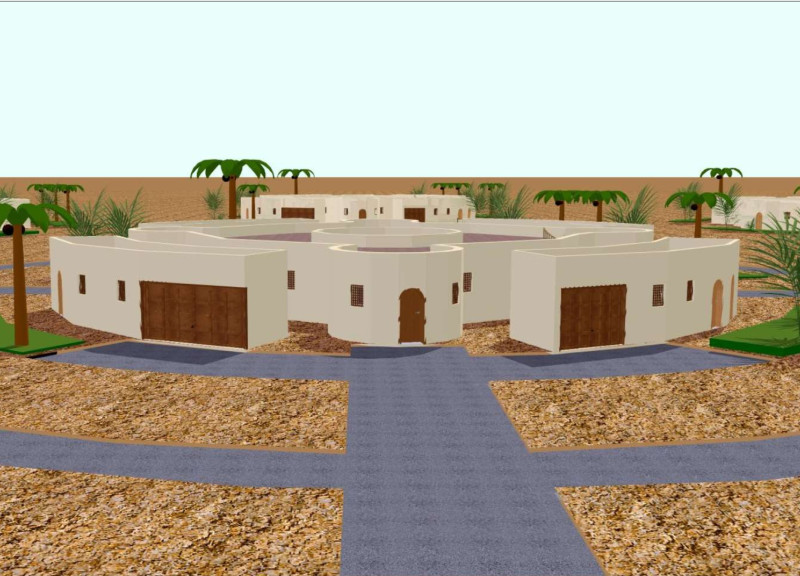5 key facts about this project
From an architectural standpoint, the project draws inspiration from the local landscape, reflecting a sensitivity towards its environment that is often overlooked in contemporary design. The overarching concept is rooted in a desire to create a space that adapts to the changing seasons while maintaining a constant connection with its natural context. This connection is achieved through careful placement and orientation of the structure, which maximizes natural light and views without compromising privacy or comfort for its users.
Key components of the project include its exterior façade, which utilizes a combination of locally-sourced materials such as weathering steel, timber, and concrete, establishing a dialogue with the natural elements. The choice of weathering steel contributes to the durability of the structure while allowing it to blend into the rustic character of its environment. Meanwhile, the use of timber brings warmth and a tactile quality to the architecture, creating a welcoming atmosphere that enhances the overall user experience. Concrete serves as the backbone of the construction, providing both structural integrity and a solid foundation for the design.
Inside, the layout emphasizes openness and flexibility, allowing spaces to be adapted to various functions. Large, strategically placed windows create visual links between indoor and outdoor environments, fostering an awareness of the changing landscape and encouraging a seamless transition between the two. The incorporation of communal areas promotes interaction, making it a hub for social gatherings and community events. At the same time, private spaces are thoughtfully designed to offer sanctuary and reflection, enhancing the diverse functionality of the project.
One of the unique design approaches of this project lies in its commitment to sustainability and energy efficiency. The architectural team has implemented a series of passive design strategies that optimize temperature regulation and reduce the need for artificial heating and cooling systems. Green roofs and wall systems not only improve insulation but also contribute to biodiversity by incorporating native plant species. The use of rainwater harvesting systems illustrates a responsible approach to resource management, further signaling the project's dedication to environmental stewardship.
The architectural designs employed in this project are characterized by clean lines and a minimalist aesthetic that allows the natural beauty of materials to shine through. This restrained yet thoughtful design approach enhances the structure's elegance while ensuring it remains functional and user-friendly. The project embodies architectural ideas that prioritize both form and function, resulting in spaces that are as enjoyable to inhabit as they are to observe.
In looking closely at architectural plans and sections, one can discern the meticulous attention to detail that has gone into every aspect of this project. These documents reveal the strategic decisions made throughout the design process, showcasing how every element contributes to the overall vision. It is through examining architectural ideas in these plans that the sophistication and practicality of the project become fully apparent.
For those interested in delving deeper into this architectural endeavor, a thorough exploration of the design's presentation will uncover the multi-faceted nature of the project and reveal how it stands as a model for future developments. Engaging with the architectural sections and overall designs can provide valuable insight into the methodologies employed, highlighting how thoughtful architecture can shape spaces that are both beautiful and functional, appealing to the diverse needs of the community.


























